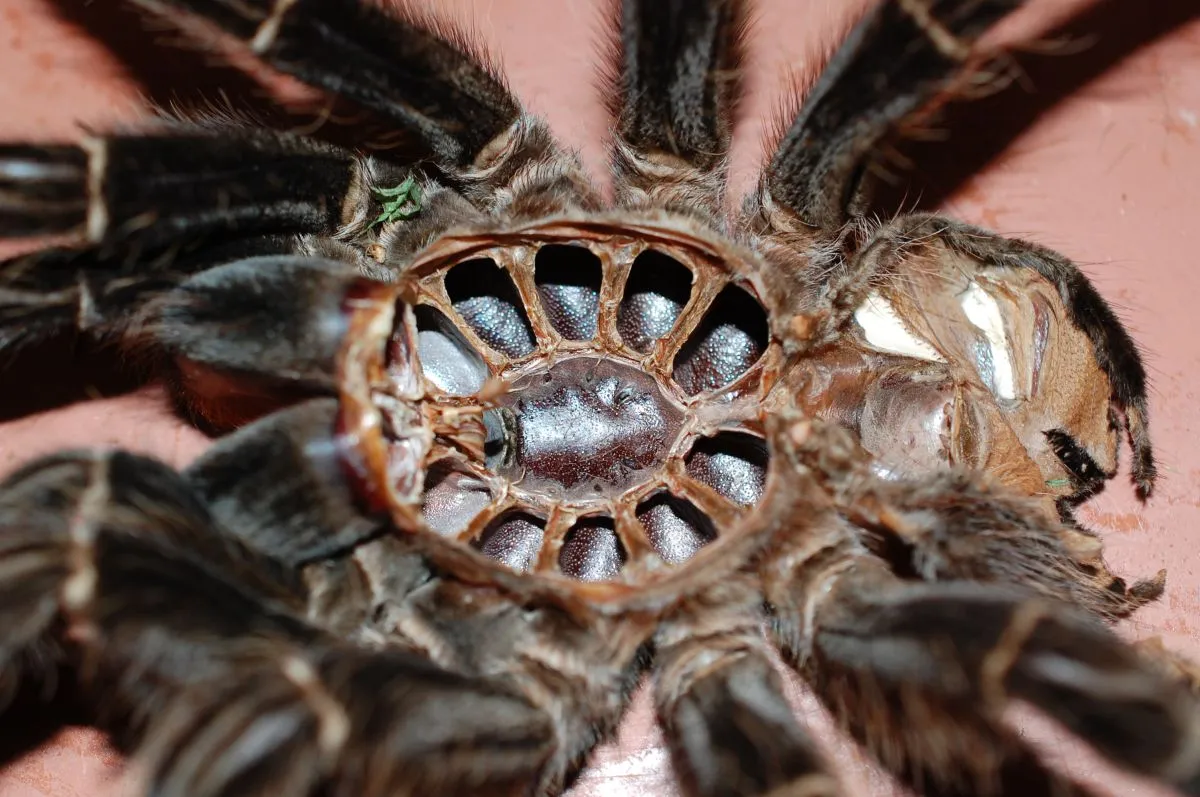Understanding the Tarantula’s Abdomen
Embarking on the journey of tarantula raising requires a fundamental understanding of your new pet, and a crucial aspect of this understanding revolves around the tarantula’s abdomen. The abdomen is a vital part of the tarantula’s anatomy and serves several critical functions. Learning about the abdomen is crucial for responsible care and ensuring the well-being of your arachnid companion. This guide provides insights into this critical area, helping you become a more informed and capable tarantula owner. The abdomen holds key components that are essential to the tarantula’s survival, and its health directly reflects the overall health of the tarantula.
Why Is the Abdomen Important
The tarantula’s abdomen is the body section that houses the majority of its internal organs. It’s where the heart, book lungs (for respiration), and the digestive system are located. Furthermore, the abdomen is responsible for several crucial functions, including egg production in females and the storage of food reserves. The size and condition of the abdomen can provide vital clues about the tarantula’s overall health, nutritional status, and readiness to molt. A healthy, well-fed tarantula typically has a round and plump abdomen, whereas a dehydrated or underfed tarantula may have a shrunken or wrinkled abdomen. The abdomen’s appearance can therefore give you an immediate indication of your pet’s health and care needs.
Abdomen and Molting

The abdomen plays a significant role in the molting process, during which the tarantula sheds its exoskeleton to grow. Prior to molting, the tarantula’s abdomen may appear darker or more distended. This is because the new exoskeleton is forming underneath the old one. After molting, the abdomen will initially appear soft and vulnerable, gradually hardening over the course of a few days. Avoid disturbing your tarantula during molting, as it’s a stressful time. Providing a stable environment with appropriate humidity is crucial during this period. Understanding the molting process, and what role the abdomen plays, is a cornerstone of successful tarantula care.
Abdomen Health and Indicators
The abdomen serves as an excellent indicator of a tarantula’s overall health. Regularly monitoring its appearance can help you identify potential health problems early on, enabling you to take appropriate action. A healthy abdomen should be relatively smooth, plump, and free of any obvious signs of injury or disease. Changes in the abdomen’s appearance can signal the need for adjustments in your care routine, like diet or environment. Paying close attention to your tarantula’s abdomen is a proactive way to ensure its health and well-being. Various visual cues can help you assess the condition of your pet’s abdomen, helping you to detect problems before they become severe.
Recognizing a Healthy Abdomen
A healthy tarantula abdomen is generally round and well-filled, without any visible wrinkles or indentations. The color should be consistent with the species. The surface should be smooth and the tarantula will move and act normally. The size of the abdomen will vary depending on factors like age, feeding, and molting cycle. However, a healthy abdomen will appear firm but not overly distended. A healthy abdomen, in short, is a good sign that the tarantula is in good health. Observing these signs will help you distinguish a healthy abdomen from one that may signal problems. The healthy abdomen is an indication of a well-cared for pet.
Signs of a Problematic Abdomen
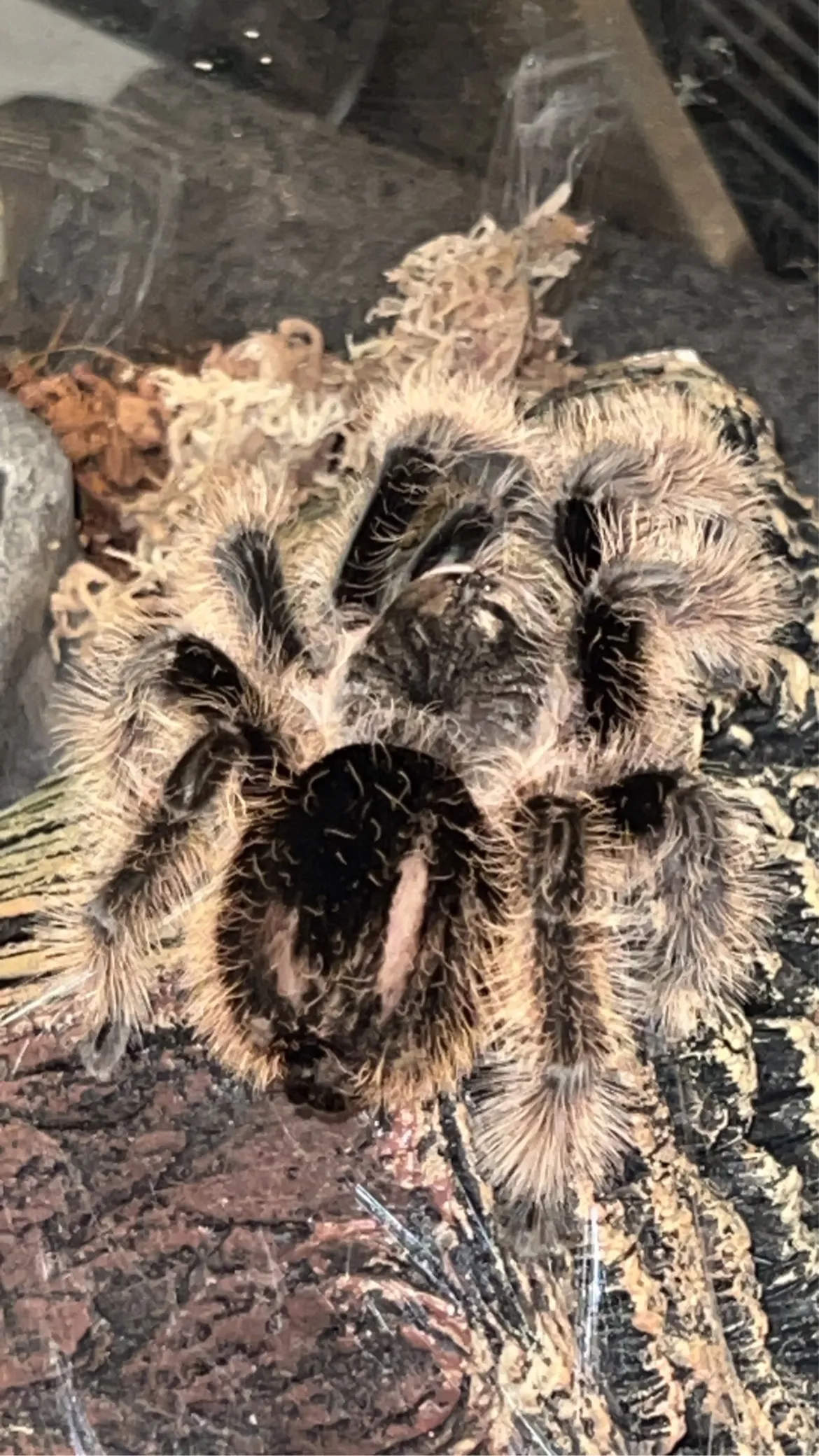
Several visual cues can indicate a problem with the abdomen. A shrunken or wrinkled abdomen is a sign of dehydration or underfeeding. A black or discolored abdomen may indicate infection or injury. If you observe any of these symptoms, it’s important to identify the underlying cause and take corrective measures promptly. Other signs include oozing fluids, unusual swelling, or the presence of parasites. If you notice any of these signs, seeking advice from an experienced tarantula keeper or a veterinarian specializing in exotic pets is crucial. Addressing these issues quickly increases the likelihood of a positive outcome and ensures your tarantula’s well-being.
Setting Up the Right Enclosure
A well-designed enclosure is fundamental to a tarantula’s health, and it directly impacts the appearance and condition of its abdomen. The setup should provide the necessary conditions for the tarantula to thrive. Creating the right environment will help maintain the health of your pet. The enclosure should offer adequate space, appropriate substrate, and proper ventilation to help in the tarantula’s wellbeing. The proper setup includes the correct type of housing and proper environmental conditions that contribute to the health of the abdomen and the tarantula as a whole. Choosing the right enclosure is one of the first and most important steps in successful tarantula raising.
Choosing the Right Substrate
The substrate is the material used to line the bottom of the enclosure and plays a crucial role in maintaining humidity and providing a safe environment for your tarantula. Ideal substrates include coconut fiber, peat moss, or a mixture of both. These materials help retain moisture, preventing dehydration. Avoid substrates that are too dry or that can harbor mold or mites, as these can negatively impact your tarantula’s health. The choice of substrate directly affects the humidity levels. It’s important to select a substrate appropriate for the specific species. Good substrate choices also offer a burrowing medium for burrowing species, creating a natural and secure habitat. Make sure the substrate is clean and free from any harmful chemicals or additives.
Maintaining Humidity Levels
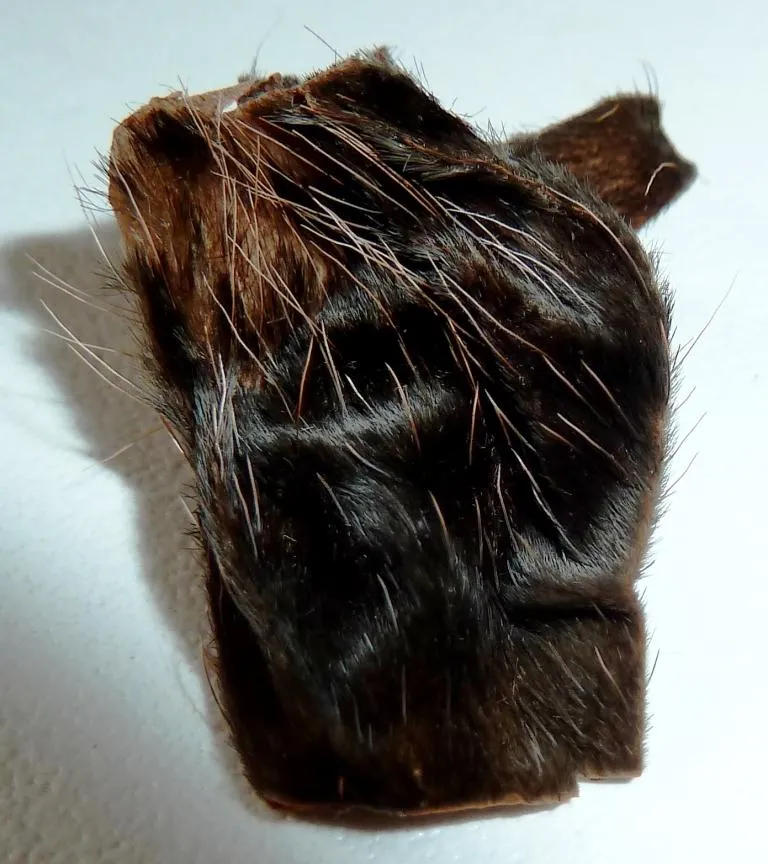
Humidity is an important environmental factor to consider. Tarantulas require specific humidity levels to thrive, and these levels vary depending on the species. Maintaining the right humidity will help to prevent dehydration. Use a hygrometer to monitor the humidity levels within the enclosure. To increase humidity, mist the enclosure regularly with dechlorinated water, or provide a water dish. Ensure the enclosure has good ventilation. The correct humidity will help support the molting process. Properly managing humidity can prevent issues related to a tarantula’s health, impacting the abdomen, and the tarantula’s overall wellness.
Providing Adequate Ventilation
Proper ventilation is crucial to prevent the buildup of mold and bacteria, which can be detrimental to your tarantula’s health. The enclosure should have enough ventilation to allow for air circulation. Proper ventilation will help to prevent respiratory issues. Ensure there are sufficient air vents, ideally located both at the top and sides of the enclosure. Poor ventilation can lead to the buildup of harmful gases and moisture, which can negatively affect the tarantula’s health. Avoid overcrowding the enclosure, as this will impede airflow. Regular checks and adjustments of your enclosure’s ventilation can help to ensure your tarantula has a safe and healthy environment, directly affecting its overall well-being.
Feeding Your Tarantula
Feeding is a critical aspect of tarantula care. The right feeding routine will help maintain a healthy abdomen. A well-fed tarantula is more likely to have a healthy abdomen. Providing the correct diet, feeding schedule, and the proper food is vital to your pet’s health. Understanding the feeding needs of your tarantula will contribute to the tarantula’s overall well-being, which will be reflected in its abdomen and general health. Proper nutrition is essential for a healthy tarantula.
Appropriate Feeding Schedule

The feeding schedule for a tarantula will depend on its age, species, and growth rate. Spiderlings generally require more frequent feeding, typically two to three times a week. Adult tarantulas can be fed less often, usually once or twice a week. Adjust the feeding schedule according to your tarantula’s appetite and abdomen condition. Avoid overfeeding, as this can lead to obesity and health problems. A plump, well-rounded abdomen after feeding is normal, but it should not be excessively distended. Monitor your tarantula’s feeding habits and abdomen size to determine the appropriate feeding frequency.
Choosing the Right Food
Tarantulas are primarily insectivores. Provide a varied diet of appropriate-sized insects, such as crickets, roaches, mealworms, or superworms. Avoid feeding wild-caught insects, as these may contain parasites or pesticides. The insects should be gut-loaded with nutritious food before feeding them to your tarantula. Gut-loading the insects ensures your tarantula receives a well-balanced diet. Remove any uneaten prey within 24 hours to prevent stress on the tarantula and the growth of mold. The proper diet, will support a healthy abdomen.
Handling and Observation
Handling and observation are essential aspects of tarantula raising. Observing your pet frequently can help to identify any potential health issues. Handling must be done carefully, with respect to the tarantula’s well-being. Regular observation and safe handling practices will help to ensure a healthy, happy tarantula. These practices directly contribute to understanding your tarantula’s health.
Safe Handling Techniques
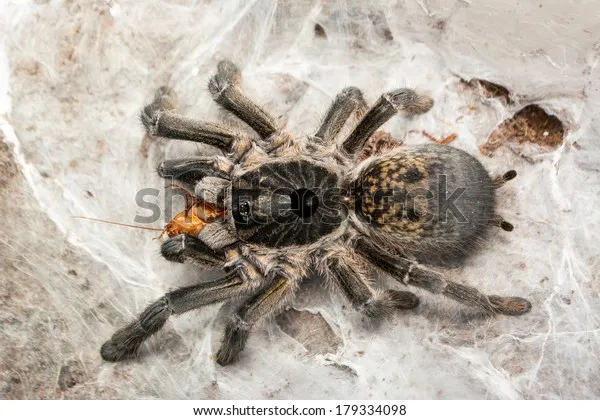
Handling a tarantula should be done cautiously and with respect. Many tarantula species are venomous. Always be aware of the potential for defensive bites. Use a soft brush or a similar tool to gently coax the tarantula onto your hand. Avoid sudden movements and be prepared for the tarantula to potentially move quickly. When handling, do so close to the ground or over a soft surface to minimize the risk of injury if the tarantula falls. Wash your hands thoroughly before and after handling. Remember, handling is often unnecessary and can cause stress to the tarantula. Handle only when absolutely necessary.
Regular Observation of the Abdomen
Regular observation is crucial for detecting any changes in your tarantula’s health. Pay close attention to the abdomen’s appearance. Look for any signs of problems, such as wrinkles, discoloration, or swelling. Document any changes you notice. This will help you track the tarantula’s health. Note its behavior. Is it eating and moving normally? The abdomen can give you an indication of the overall health of your pet. The more you observe your tarantula, the more familiar you will become with its normal behavior, which will help you identify anything that’s out of the ordinary. This familiarity will make it easier to diagnose any potential problems.
Common Issues and Solutions
While tarantulas are generally hardy creatures, they can still experience health issues. By being aware of common problems and their solutions, you can quickly address any health issues that may arise, protecting the health and well-being of your pet. Understanding common health problems and knowing how to address them can save your pet. These issues can directly impact the abdomen and the tarantula’s overall health.
Preventing and Treating Abdominal Issues
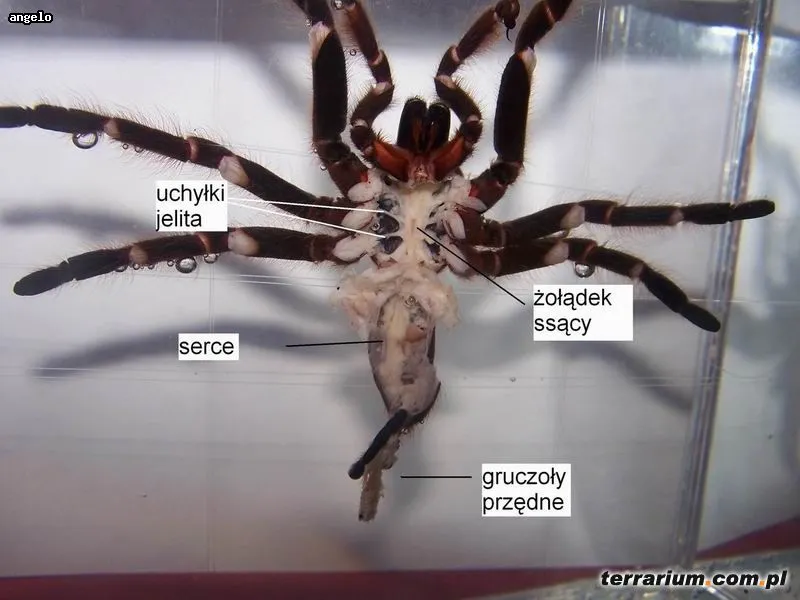
Most abdominal issues are preventable with proper care and husbandry. Dehydration, for example, can lead to a shrunken abdomen. Ensure your tarantula has access to a water source. Keep the enclosure at the correct humidity levels. Ensure proper ventilation. Providing proper nutrition and avoiding overfeeding are important to prevent abdominal problems. If you notice an abdominal issue, identify the underlying cause and take immediate action. Consult a veterinarian. Quick action can often resolve a problem. Adjusting the environment, diet, or care routine is often all that is needed to address these issues. Early intervention is always the best approach.
Dealing with Parasites
Tarantulas can occasionally be affected by parasites, such as mites or nematodes. These parasites can cause various health problems. Mites, for example, may be visible on the tarantula or in the enclosure. If you suspect a parasite infestation, isolate the affected tarantula. Clean and disinfect the enclosure thoroughly. Consult a veterinarian or experienced tarantula keeper. Seek advice on appropriate treatments. Prevention is key. Quarantine new tarantulas to avoid introducing parasites. Maintain good hygiene. Thoroughly clean and replace substrate regularly. Early detection and treatment can prevent the infestation from spreading. Take steps to prevent and eliminate parasites for the health of your pet.
In conclusion, understanding the role of the abdomen in tarantula care is crucial for raising healthy and thriving tarantulas. Regular observation, proper enclosure setup, and a well-balanced diet are vital for ensuring the health and well-being of your tarantula. By taking a proactive approach to tarantula care, you can enjoy a rewarding experience as a tarantula owner and ensure a long and happy life for your pet. With the right information and dedication, you can become a successful tarantula keeper.
